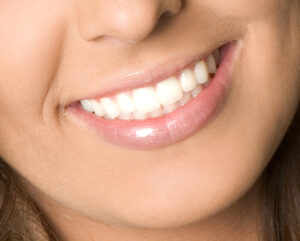Learn
Select a category to explore specific content:
Categories

Dental Care for Fitness Enthusiasts: Protecting Your Teeth During Workouts
Here in Toronto, people love to work out. Our neighbourhood at Yonge and Eglinton has dozens of public and private gyms, yoga and Pilates studios,

Transitioning Your Oral Care Routine from Summer to Fall
Goodbye, summer – we will miss you! With the legendary Toronto humidity behind us, we can look forward to milder days as the calendar marches

How Seasonal Changes Affect Your Oral Health
If there’s one constant truth about living in Toronto, it’s that we experience all types of weather throughout the year. From hot, humid summers to

Oral Care for Travelers: Keeping Your Smile Bright on the Go
Let’s face it: Torontonians love to travel! Whether enjoying a respite from the city at the cottage, driving to see fall colours, or jumping on

The Impact of Pregnancy on Oral Health: What Expecting Mothers Need to Know
Many of these changes are quite common and are often explained away as part and parcel of pregnancy. However, changes in your oral health should

7 Back-to-School Oral Health Tips for Families
Whether your children are starting primary school for the first time, going to high school, or heading off to college or university, returning to class

The Importance of Replacing Missing Teeth
Everyone loves to share a big, beautiful smile with healthy teeth that light up the room. However, having a missing tooth can inhibit our desire

4 Tips for Proper Dental Implant Care
Few things feel as natural as sharing a beautiful smile with the world. Thanks to innovations such as dental implants, people who have had teeth

How to Improve Your Oral Health with a Balanced Diet
When we were young, we were always told, “You are what you eat.” In other words, if we eat healthy, we are going to be

The Best Ways to Prevent Tooth Decay in Children
Few things in life are as beautiful as a child’s smile. Naturally, we want to protect our children’s teeth and teach them good oral hygiene

Bad Breath: What to Know
Do you ever notice people stepping back during conversations or reacting unexpectedly when you lean in for a goodbye kiss? If so, you might be

What to Know About Invisalign: An Overview
Besides making you self-conscious about your smile, misaligned teeth can lead to oral health issues like plaque and calculus build-up, increased risk of cavities, and

